General description
Vehicle headlights illuminate the road ahead to provide a clear field of vision to the operator of the vehicle at night or under poor visibility conditions, while informing other road users of the presence of the vehicle.
Automotive headlights are generally configured to switch an illumination mode between a low beam and a high beam. A low beam, which is also known as a dipped beam, passing beam or meeting beam, illuminates the road ahead for a distance of just 50 to 80 meters, with a slightly downward light distribution so that minimal glare is given to oncoming vehicles or preceding vehicles. A high beam, otherwise known as a main beam, driving beam or full beam, casts long-range light ahead of the vehicle to clearly illuminate objects on the roadway for a greater distance. Its light distribution pattern gives priority to ensuring a field of view for the driver and considers less on the discomfort, distraction, or glare of the high beam to other road users.
Although the high beam offers better road visibility to a driver than the low beam does, it may deprive other road users, in particular the drivers of the oncoming vehicles, of their road visibility. Accordingly, high beam should be used with caution to prevent a dazzle effect to other drivers and thus reduce the probability of traffic accidents.
Legacy lighting technologies
Various types of vehicle headlights have been developed over the history of the automotive industry, wherein headlights with halogen and HID (high intensity discharge lamp) light sources had been effectively used in automotive front lighting applications. In the 1970s, halogen lamps replaced the duller and less efficient, ordinary incandescent lamps and became established as the standard. Halogen lamps operate in a way similar to incandescent lamps but outperforms them by a wide margin when it comes to luminous efficacy, lifespan, and color appearance. As an improvement to halogen lamps, xenon (HID) lamps were first introduced in the European market in 1991 and first seen in the North American market in 1996.
Xenon headlights are known for their cleaner, whiter light, longer service life, far greater efficiency, and more controllable light distributions for long range lighting than halogen headlights. However, both halogen and HID headlights are intrinsically limited in energy conversion efficiency and operational reliability. Their glass construction deems their susceptibility to damage and failure from shock and vibration. The omni-directional light distribution requires the use of bulky reflectors to capture light and shape the beam, which are very inefficient in optical delivery. Further losses occur if mechanical shutters are needed to create the sharp cutoff for low beam distributions.
Embrace the possibilities afforded by LED technology
Vehicle lighting has taken a quantum leap forward since the adoption of solid state lighting technology. The latest LED developments for headlights are so advanced that they beat xenon lights in every aspect of applications. Through electron-hole recombination in quantum wells (QWs) formed between the p-doped and n-doped GaN semiconductor layers, LEDs deliver a dramatic improvement in energy efficiency over traditional light sources. LEDs also have many other characteristics that make them appealing to vehicle lighting applications that were previously the realm of halogen and HID lights.
- Headlight designers have much greater freedom in both styling and optical control as a result of the reduced source size and optical directionality of the LEDs.
- In addition to a significantly longer lifespan that is practically achievable, the solid-state nature of LEDs provides for greater resistance to shock, vibration, and mechanical impact. Excellent durability allows the headlights to withstand whatever the road can throw at them.
- The ability to optimize the spectral power distribution (SPD) enables delivery of more suitable light for the application. The color temperature of LEDs can be engineered to deliver the closest possible color to daylight, which improves visibility and allows the driver to stay alert.
- Semiconductor light sources are fundamentally dimmable and instantaneously controllable. This feature has afforded lighting engineers the chance to explore and create sophisticated applications by building sensors and controls into headlight systems.
Technology implementation
A traditional halogen headlight has a simple configuration. The light emitted by the halogen bulb is regulated by a large parabolic reflector with a vapor-deposited aluminum coating. Projector headlights reflect light emitted typically from a halogen or xenon bulb with a small elliptical reflector to illuminate an area in front of a vehicle through a projector lens which produces a sharper, more focused beam of light with less scatter loss compared with headlights using parabolic reflectors. While traditional reflector- and projector-type headlights can be upgraded to LED systems using retrofit conversion kits, their use of the LEDs in a conventional way fails to address the unique operational characteristics and exploit the full potential of these semiconductor light sources.
Full-featured LED headlights are integrated systems that incorporate various LED modules with each having distinctive functionalities. A typical car LED headlight assembly may consist of high and low beams, front fog lights, daytime running lights, and turn signal lights. These lights are designed as LED modules that can be integrate harmoniously into the branded design. An LED module is an assembly of one or more LEDs mounted on a substrate, which is usually a metal core printed circuit board (MCPCB). Each LED is fitted with a reflector, a lens, or a combination of them. The LED module is mechanically secured and thermally interfaced to the heat sink. Direct integration of LEDs, rather than the use of LED retrofit bulbs, allows the waste heat generated by the LED packages to be transferred to a heat sink via the shortest possible thermal path. This level of integration affords an opportunity to use package-level optics that extract light directly from the source and precisely direct it through key vertical and horizontal planes.
Safety concern with conventional low beam lighting
Vehicle headlights built on conventional technology platforms normally maintain the low beam pattern in order to prevent both oncoming traffic and preceding vehicles from being dazzled. However, at high speeds and on uneven roads, the road visibility provided by a conventional low beam may fail to distant identify hazards in time to take the required action. A complete stop in an emergency situation requires a braking distance of 40 to 50 meters when the vehicle travels at a speed of 100 km/h (62 mph). Once the driver’s reaction time is taken into account, the total stopping distance is at least 80 meters.
The maximum viewing range with low beam lighting is limited to the illuminated stretch of less than 80 meters. If an obstacle suddenly appears in the field of view provided by the headlights’ low beams, the available braking distance is often insufficient to execute the evasive action. Furthermore, conventional vehicle headlights shine straightly forward rather than to bend along the curve, leaving the road ahead of the vehicle in the dark and causing risk uncertainty to the driving safety.
Adaptive driving beam (ADB) systems
The limitations in terms of road user as a result of the inability to provide simultaneous optimal illumination of the road and minimal glare to other road users can be addressed by the addition of an adaptive element to the headlight system. Adaptive driving beam (ADB) systems are dynamic front lighting systems which can react to the steering, speed and elevation of the vehicle and adapt high beam lighting to the presence of opposing and preceding traffic. The goal of the system is to provide optimal farfield visibility without causing discomfort, distraction, or glare to other road users. The active safety system can automatically implement a dynamic light distribution, enabling vehicle operators to focus on the road and stop toggling their high beams on or off manually.
ADB headlights may be divided into a dynamic type which implements a mechanical shade that rotates in front of the headlight to block part of the beam, and a matrix type that turns off individual emitters of multi-light source systems. The combined use of compact, high flux density LEDs, which can be configured into arrays where each LED is individually controlled to produce an individual portion of an entire beam pattern, with sensor, camera and image processing technology, has made the matrix ADB systems the prevailing option for adaptive front lighting.
What is a matrix LED headlights
A matrix LED headlight has a high beam light module that comprises a matrix of individually addressable, dynamically controllable LED pixels. Each LED pixel is optically controlled to provide a light distribution that corresponds to a segment in the high beam field of view (FOV). The matrix beam or pixel light can generate independent shadow corridors to prevent illumination of zones that would affect vehicles coming from the opposite direction or vehicles travelling in front while continuing to cast the high beam with full power on all other zones between and beside them to retain a large FOV. Once there’re no other vehicles in the visual field, the system reverts to full high beam lighting.
How matrix LED headlights work
The headlamp system includes an electronic control unit (ECU) that provides centralized control of the respective functions. The ECU determines the driving environment in front of the vehicle based on feedback from the imaging device and vehicle sensors. The imaging device is a camera mounted on the windshield. With integrated microprocessors and system-on-chip (SoC), the camera can perform image processing algorithms and use artificial intelligence methods to implement comprehensive scene interpretation and reliable target detection. RADAR or LIDAR can be incorporated to detect the distance and speed of the following traffic in the adjacent lanes. The ECU may also use data provided by additional sensors that monitor the wheel speed (the speed of rotation of the wheels), yaw (the rotation of vehicle around the vertical axis), and steering wheel position (the angle at which the driver has positioned the steering wheel).
Matrix LED driving and dimming
The ECU comprises one or more LED drivers which provide regulated power to the LEDs and integrate a microcontroller (MCU) for a fully programmable and flexible solution. The LED driver typically employs a boost voltage regulator and independent buck channels to enable a fully dynamic matrix beam solution where each LED pixel can be individually controlled. The MCU receives and translates commands from the body control module (BCM) and controls the drive IC via a communication protocol such as Serial Peripheral Interface (SPI). Each DC output channel can be pulse width modulated (PWM) at a programmed frequency and duty cycle to achieve precise dimming control of the LED pixel. With high-speed switching regulation, the inevitable generation of electromagnetic interference (EMI) in the driver circuit should be suppressed through careful circuit design.

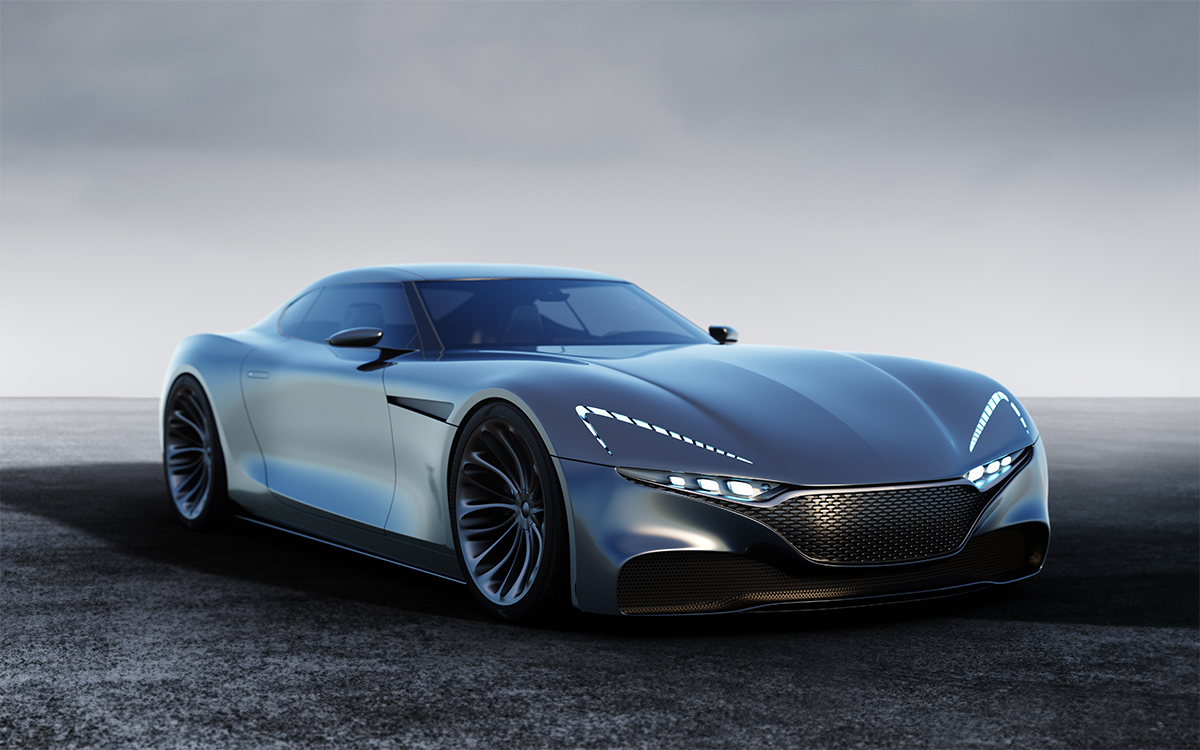
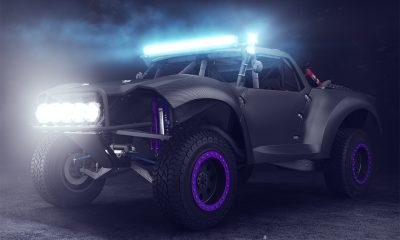
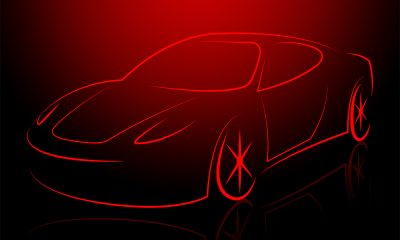


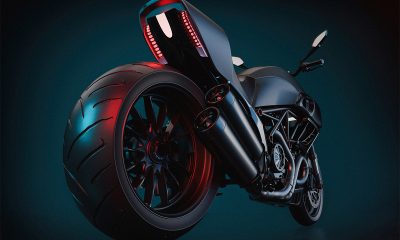

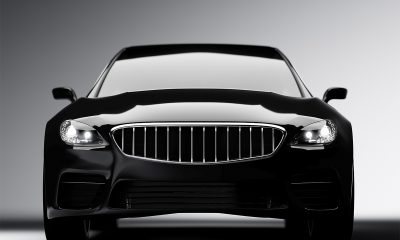


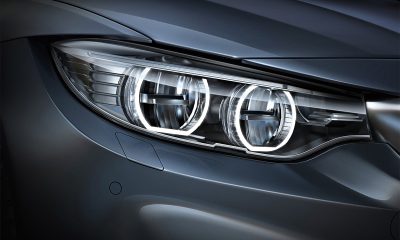
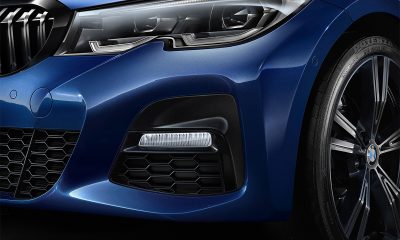






Loading...